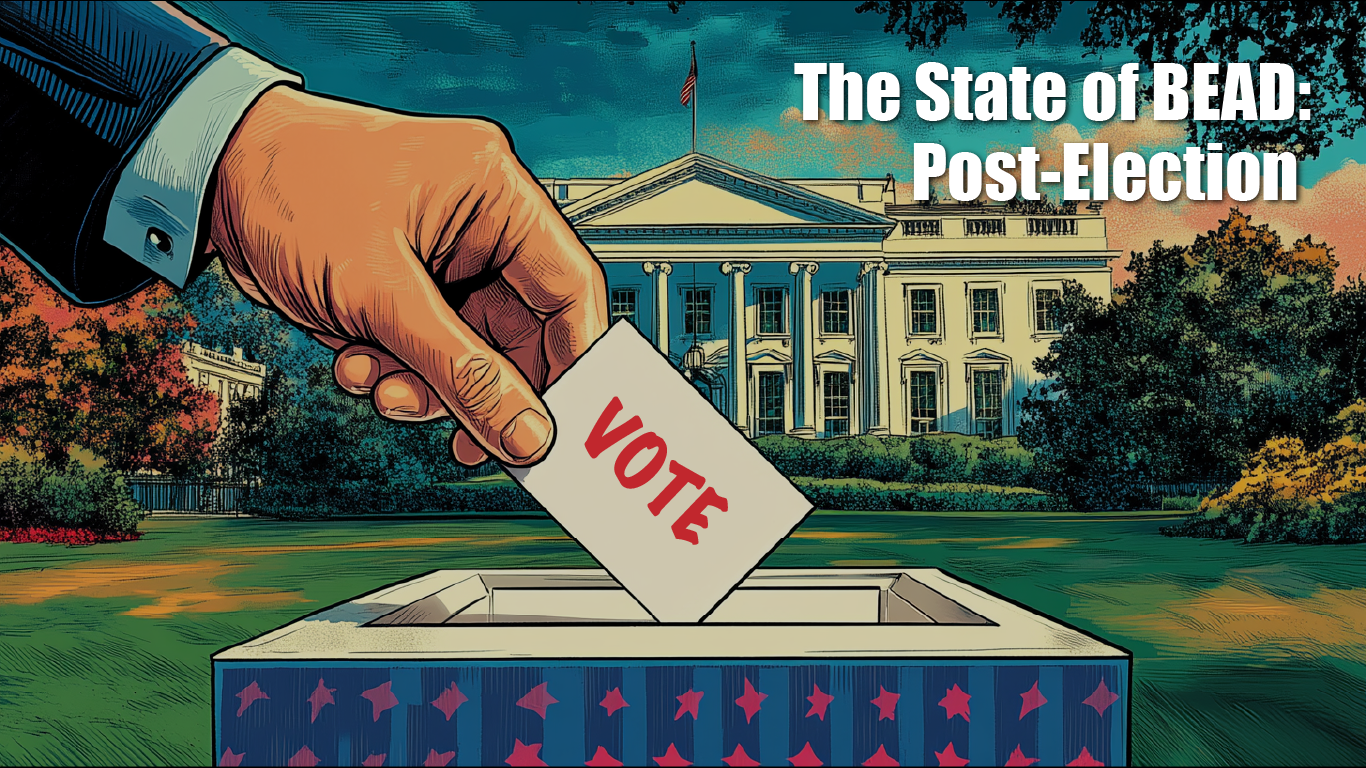USA
USA
SHOP
- BOMs & Kits
- Central Office & Headend
- Customer Premise Equipment
- DCCI - SDN - NFV
- Electronics
- Miscellaneous
- Network Deployment Solutions
- Outside Plant
- Attenuators
- Closures & Accessories
- Conduit, Innerduct & Raceways
- Drop Hardware
- Fiber Accessories
- Fiber Assembly
- Grounding & Bonding - OSP
- Hardware - OSP
- Miscellaneous - OSP
- Multiports
- Network Interface Devices (NIDs)
- Pedestals
- Pole Line Hardware - OSP
- Repeaters - OSP
- Splitters - OSP
- Terminals
- Transformers
- Vaults - OSP
- Wood Products - OSP
- Pole Line Hardware
- Power & Power Protection
- Supply Chain Services
- Tools, Testing & Supplies
- Un-Assigned Class
- Wire & Cable
- Wireless
- Antennas
- Coaxial Cables
- Coaxial Jumpers
- Coaxial Support Accessories
- Connectors & Adapters
- Distributed Antenna System (DAS)
- Fiber Jumpers
- Fiber Management
- Fiber Trunks
- Filters & TMAs
- Ground Wire
- Hybrid Fiber & Power
- Inside Plant
- Lugs & Miscellaneous Grounding
- Microwaves
- Miscellaneous Wireless
- Passive Components
- Power Cables
- Structural Steel
- KGPCo Products




